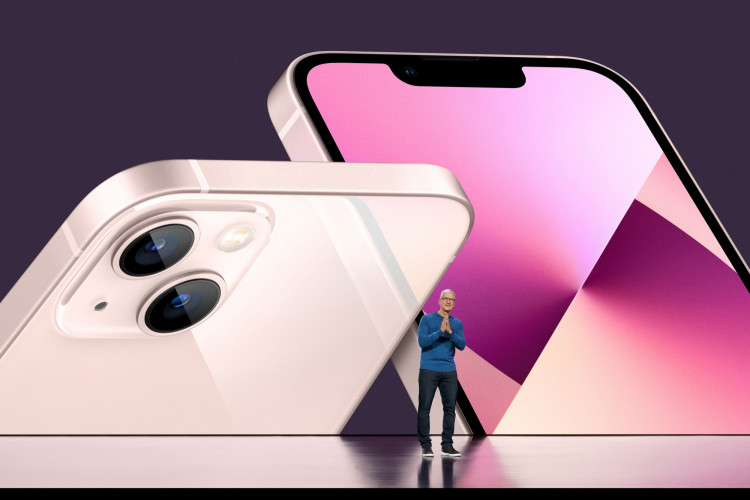A new teardown of the iPhone 13 has revealed that the Face ID feature will stop working after anyone except Apple (or an Apple-authorized repair center) replaces the new flagship's screen.
During a teardown of the device, iFixit discovered that the iPhone 13's Face ID function would not operate if the phone's display was replaced. iFixit tried every solution but couldn't get Face ID to work again.
The display on the iPhone 13 series, according to them, is serial-locked to the device.
"Right now, if you replace your screen, Apple kills your Face ID, unless they control the repair," the company warns.
Face ID will stop working even if an iPhone 13 display is replaced with a genuine and original iPhone 13 screen. In the video, the repair technician swapped two original iPhone 13 screens, and Face ID was disabled after the new screens were put in both cases.
Face ID appears to return when the original screen is replaced on the original iPhone 13, ruling out the chance of an incorrect installation.
Apple has long been criticized for making it difficult for third-party repair shops and service providers to service and repair its products. Customers are already notified if their display is a "non-genuine display" via a message in Settings, and a similar prompt for "non-genuine cameras" was introduced earlier this year.
These notifications, according to Apple, help users recognize when they aren't using authentic Apple parts and are part of a larger initiative to ensure that customers' devices are only serviced and diagnosed by trained Apple professionals.
Apple has its own Independent iPhone Repair Program, which provides genuine Apple parts and repair manuals to select companies or third-party repair centers.
However, an iFixit report from last year pointed out that it can take several months for repair shops to join the program, and Apple often sells parts to repair centers for expensive costs. In rare circumstances, the cost of parts exceeds the cost of the whole repair by Apple.
Apple has yet to issue a statement about Face ID and third-party repairs. If Face ID is designed to fail, it will most certainly fuel the Right to Repair campaign, which has pushed governments all over the world to require electronics makers to make replacement parts and repair manuals easily available.





